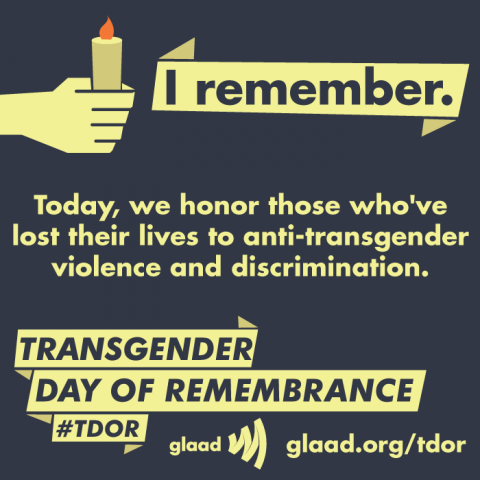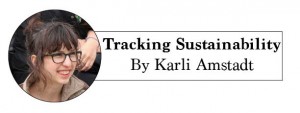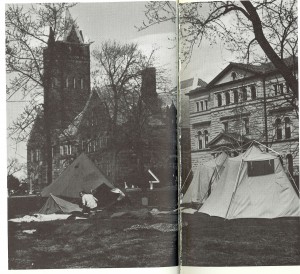I’ve never seen a Woody Allen film.
“Annie Hall,” “Manhattan,” “Midnight in Paris,” “Vicky Cristina Barcelona” — all impeccable films, I’m sure, but none of them have come into my consciousness as a consumer of art.
Perhaps that’s why it’s so easy for me to write this. Perhaps Allen’s work is so compelling that if I had seen it, I wouldn’t be so upset that he, a man who sexually assaulted his adopted daughter when she was seven years old, has been nominated for an Academy Award.
But I doubt it.
Nicholas Kristof of the New York Times published an open letter from Dylan Farrow on his blog. In the piece, Farrow described the specifics of how Allen violated her as a child, and the harrowing effects that violation has had on her as an adult.
Surely Farrow’s description of the time Allen took her into an attic and assaulted her, or the numerous other specific memories Farrow relates — memories too specific for anyone, in my opinion, to fabricate — would cause the Academy of Motion Picture Arts and Sciences to reconsider Allen’s nomination for his latest film “Blue Jasmine.” Or maybe the Hollywood Foreign press would take away the lifetime achievement award with which he was honored last month.
But neither of those things happened. Instead, Stephen King tweeted that he thought Farrow’s piece contained “an element of palpable bitchery.” Kristof himself prefaced the letter by saying Allen was never prosecuted for the crimse and that he “deserves the presumption of innocence.” For speaking out and telling her painful story, Farrow got gaslighted by the very man who chose to host her piece and called a bitch by one of the most notable authors of the 20th century.
The problem of Woody Allen’s critical acclaim is part of a larger problem of a lack of consideration for the privileged creator’s subject position when talking about art.
To me, the actions of the artist outside the context of their work paint a picture of what’s in their head and heart, and that affects the value of what goes on the screen, canvas or page.
It isn’t that Allen’s films are valueless; they are more than likely worthy of some critical attention. But critical attention should bring every relevant detail into public discourse about the film and its filmmaker.
In all the rundowns of Oscar nominations I’ve seen, no one has given even a brief mention of Allen’s abusive past. It’s as if it never happened.
When we talk about Woody Allen, or any artist who has unrepentantly hurt someone, we must consider the effects our public conversations have on his victims. If we ignore the fact of Dylan Farrow’s abuse, what does that tell her?
To me, it’s code for, “We don’t care. You’re probably making things up. Forget about it and let this man make his acceptance speeches in peace.”
I don’t think these are good messages to be coded in our public discourse and consiousness. It is indeed rape culture that leads us to say these things, but we must remember that we are the ones who shape are culture. We have control over how we treat Dylan Farrow. And in my mind, we should treat her — and every other survivor of abuse — with humanity, dignity and trust.
I personally hope “Blue Jasmine” doesn’t win any awards at the Oscars, because the idea of Woody Allen being accoladed and propped up financially and culturally despite what he did repulses me. If you enjoyed the film, then I hope you can agree with me that if Allen does indeed win, we can’t sweep his past under the rug. When we award the abuser, we tacitly award the abuse, and no abuse deserves any sort of award.


